America’s Top 10 Most Beautiful Birds Revealed
A hummingbird’s heart beats over 1,200 times per minute, while the great egret hunts with precision unmatched in shallow waters. Across the United States, birds display incredible adaptations that make them essential to their environments. This article features 15 species, and the unique behaviors or traits that make them stand out in the wild.
Northern Cardinal
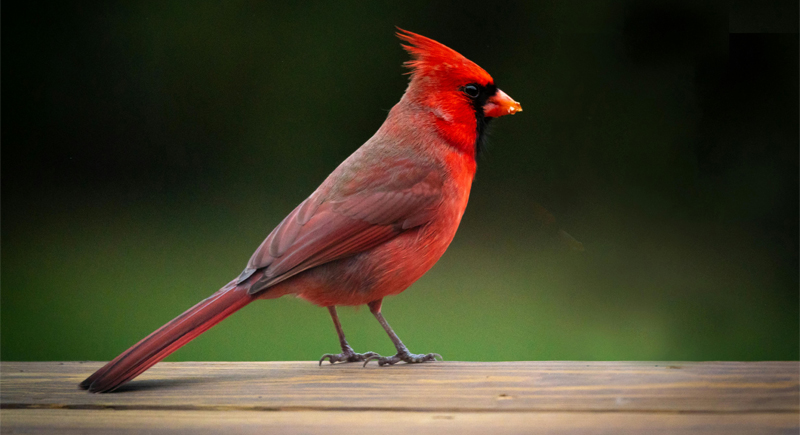
Credit: pexels
One of the most recognized birds, the Northern Cardinal, is famous for its clear, whistling songs that brighten mornings. The males sing to mark their territory, while both sexes communicate with sharp chips. They’re a favorite among backyard birdwatchers for their bold and lively presence.
Wood Duck

Credit: flickr
This duck is unique for its nesting habits. Unlike most waterfowl, Wood Ducks nest in tree cavities, sometimes high above the ground. Hatchlings jump from the nest within a day of hatching and land safely thanks to their lightweight bodies. It’s an incredible sight to witness.
American Goldfinch

Credit: flickr
During summer, goldfinches favor open fields and meadows filled with wildflowers. They are among the few birds that primarily eat seeds, even during breeding season. Their ability to delay nesting until late summer ensures plenty of food for their young.
Baltimore Oriole

Credit: pexels
These orioles have a sweet tooth, often attracted to feeders with orange slices or sugar water. They play an essential role in pollination and pest control by feeding on nectar, fruits, and insects. Watching them is a treat for bird lovers.
Eastern Bluebird
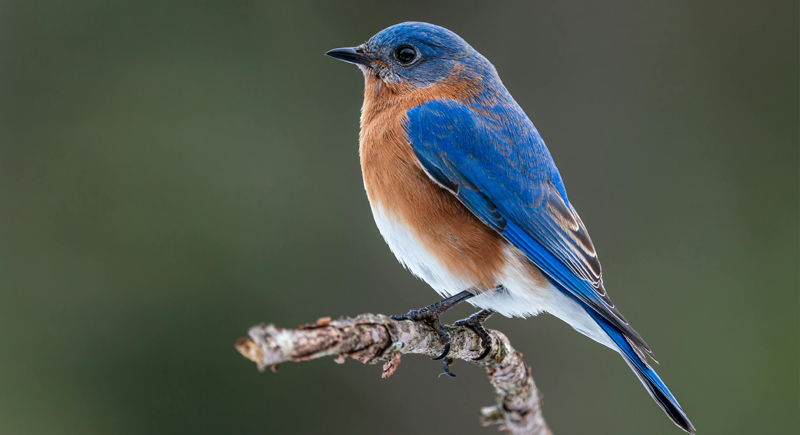
Credit: pexels
Bluebirds are cavity nesters but rely on artificial nest boxes due to habitat loss. They’re drawn to open spaces with scattered trees, where they hunt insects like beetles and caterpillars. These birds symbolize hope and happiness in many cultures.
Scarlet Tanager

Credit: flickr
Though brilliantly colored, the Scarlet Tanager spends much of its time high in the forest canopy, which makes it tricky to spot. Their diet includes berries and flying insects like dragonflies, so they’re highly adaptabile across seasons.
Great Egret

Credit: pexels
A Great Egret’s hunting strategy is fascinating. It stands still in shallow water, waiting patiently for fish or frogs to come within reach. Their movements are deliberate and contain a precision that leaves viewers mesmerized.
Painted Bunting
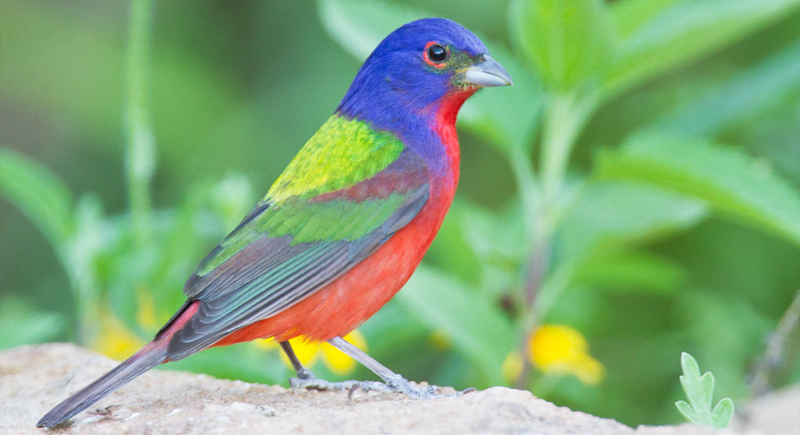
Credit: flickr
Beyond their vivid colors, Painted Buntings are shy and secretive, often staying hidden in dense thickets. They prefer habitats with tall grasses and shrubs, which provide cover from predators. Their distinct call notes make identifying them easier.
Roseate Spoonbill

Credit: iStockphoto
The spoonbill’s feeding technique is as interesting as its appearance. It sweeps its unique-shaped bill side to side in shallow water, feeling for small fish and crustaceans. This foraging behavior sets it apart from other wading birds.
Cedar Waxwing

Credit: pexels
Cedar Waxwings are social birds often seen in large flocks. They’re known for passing berries from one to another in a line, a behavior thought to strengthen social bonds. Their love for fruit sometimes leads to fermented berry consumption and makes them seem slightly disoriented.
Ruby-throated Hummingbird
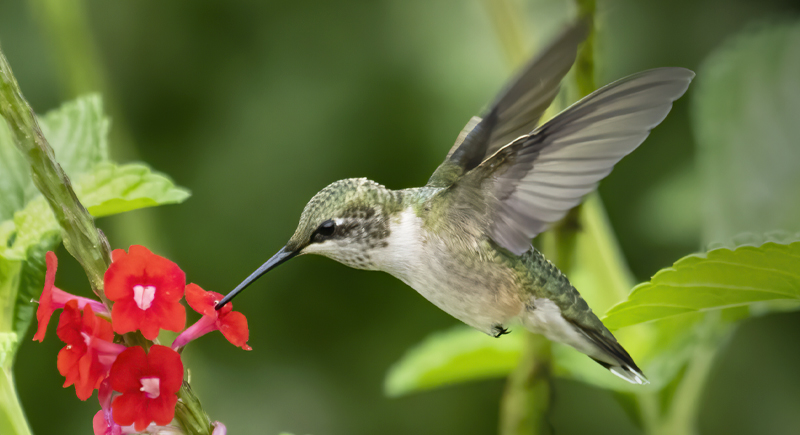
Credit: Wikimedia Commons
These hummingbirds are remarkable for their migration journeys, flying nonstop over the Gulf of Mexico. Their high metabolism means they need to feed constantly, consuming nectar, insects, and even tree sap. Despite their size, they’re fiercely territorial.
Pileated Woodpecker
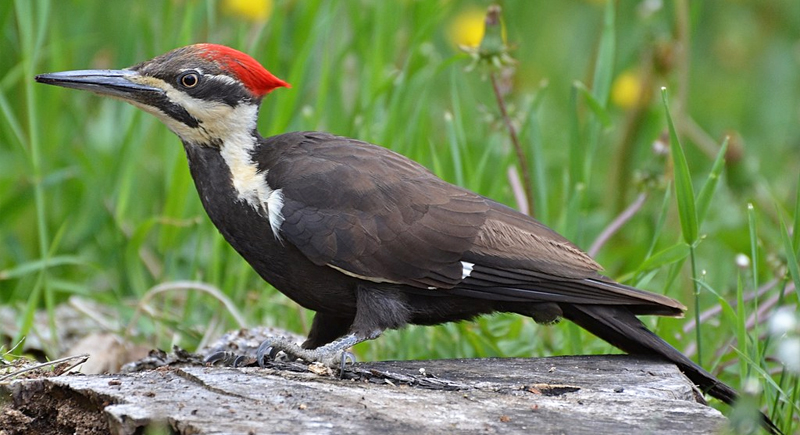
Credit: flickr
These woodpeckers are nature’s carpenters; they create deep cavities in trees that later serve as homes for other species. Their loud drumming can be heard from afar and serves as a sound used to mark territory and attract mates.
Western Tanager

Credit: flickr
Western Tanagers rely on their keen eyesight to spot flying insects, which they catch mid-air. They migrate long distances, wintering in Central America, where they continue to thrive in various habitats.
Snowy Owl

Credit: iStockphoto
Unlike other owls, Snowy Owls are active during the day, especially in winter. Their keen vision and hearing allow them to hunt small mammals like lemmings under snow. These skills make them exceptional predators in their harsh Arctic environment.
Magnificent Frigatebird

Credit: iStockphoto
This seabird spends most of its life in the air, only landing to breed. With the largest wingspan-to-body-weight ratio of any bird, it glides effortlessly over oceans. Males are famous for their courtship display, inflating their red-throat pouches to impress females